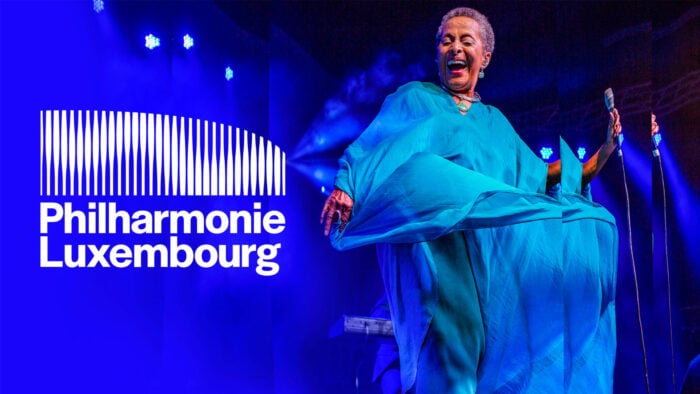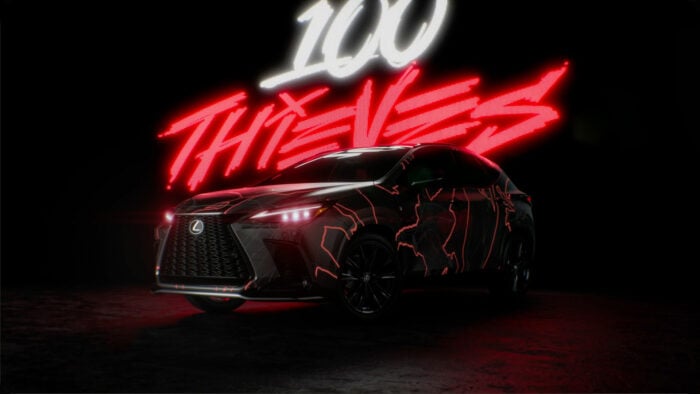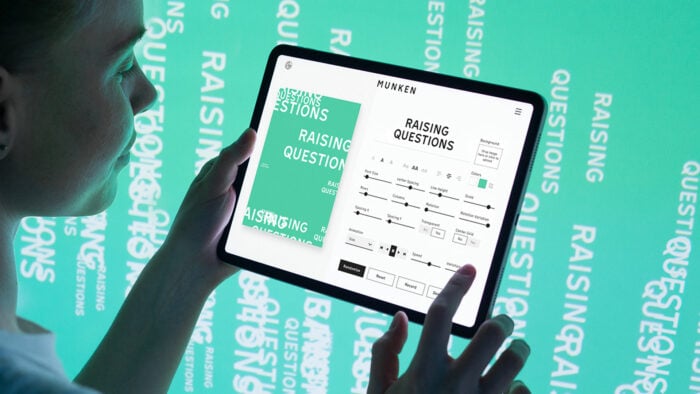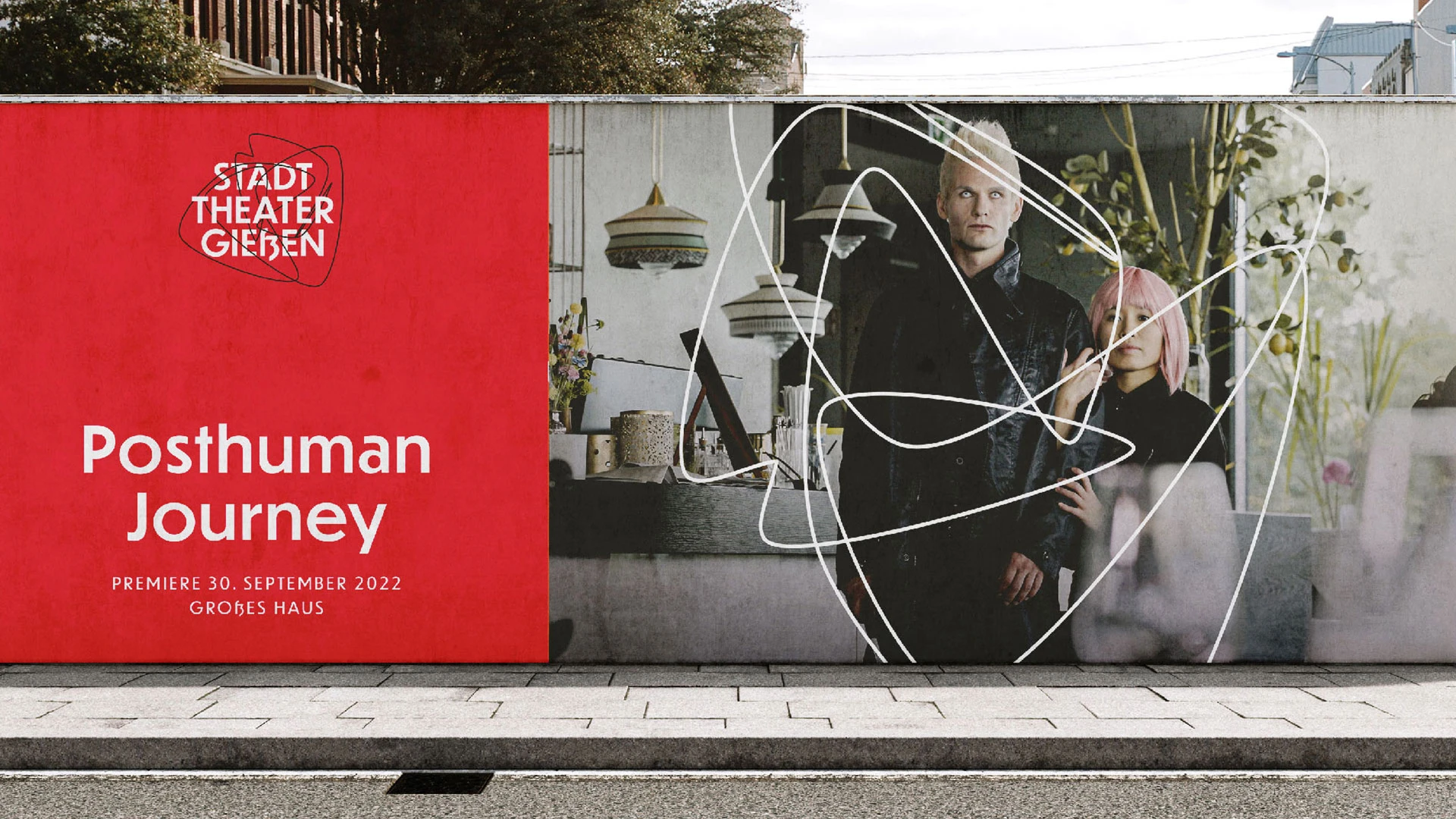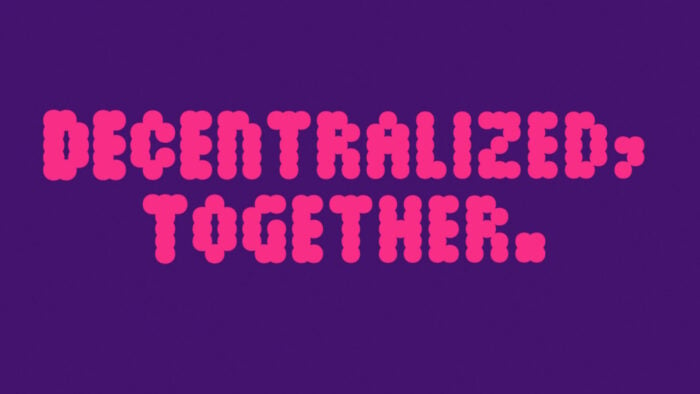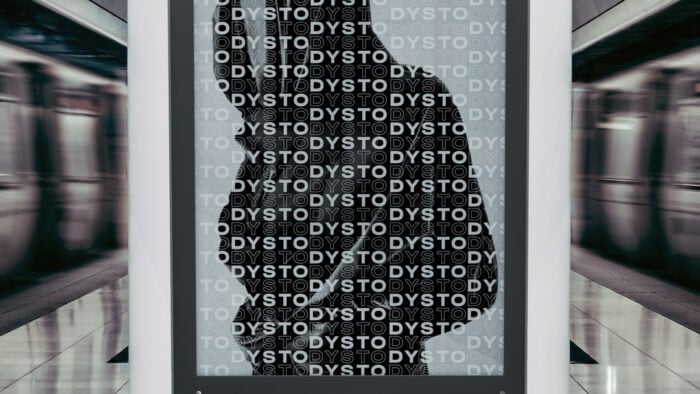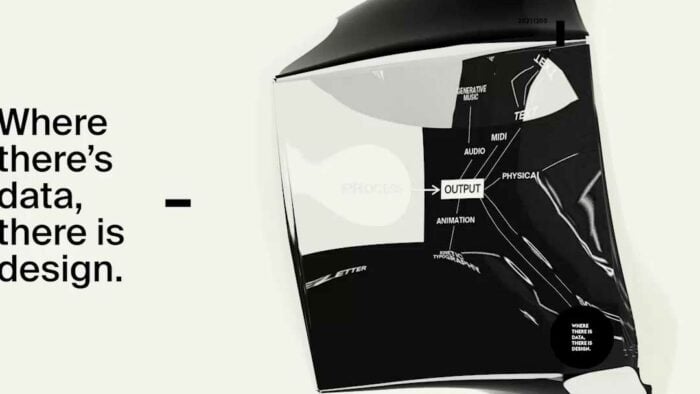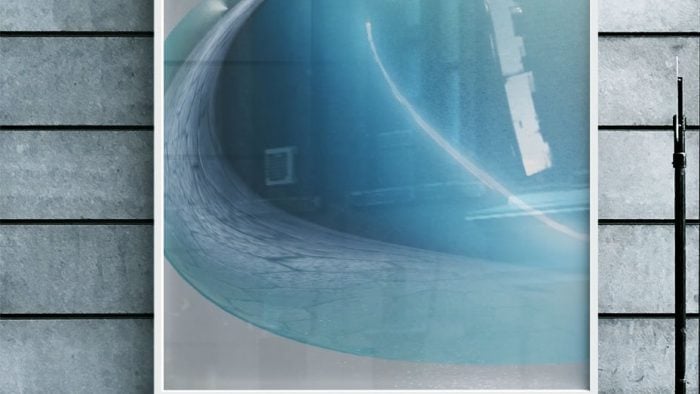What is Generative Design and Creative Coding?
Interview by Claudia Illguth, Managing Director Dragon Rouge Hamburg.Originally released at Dragon Rouge News.
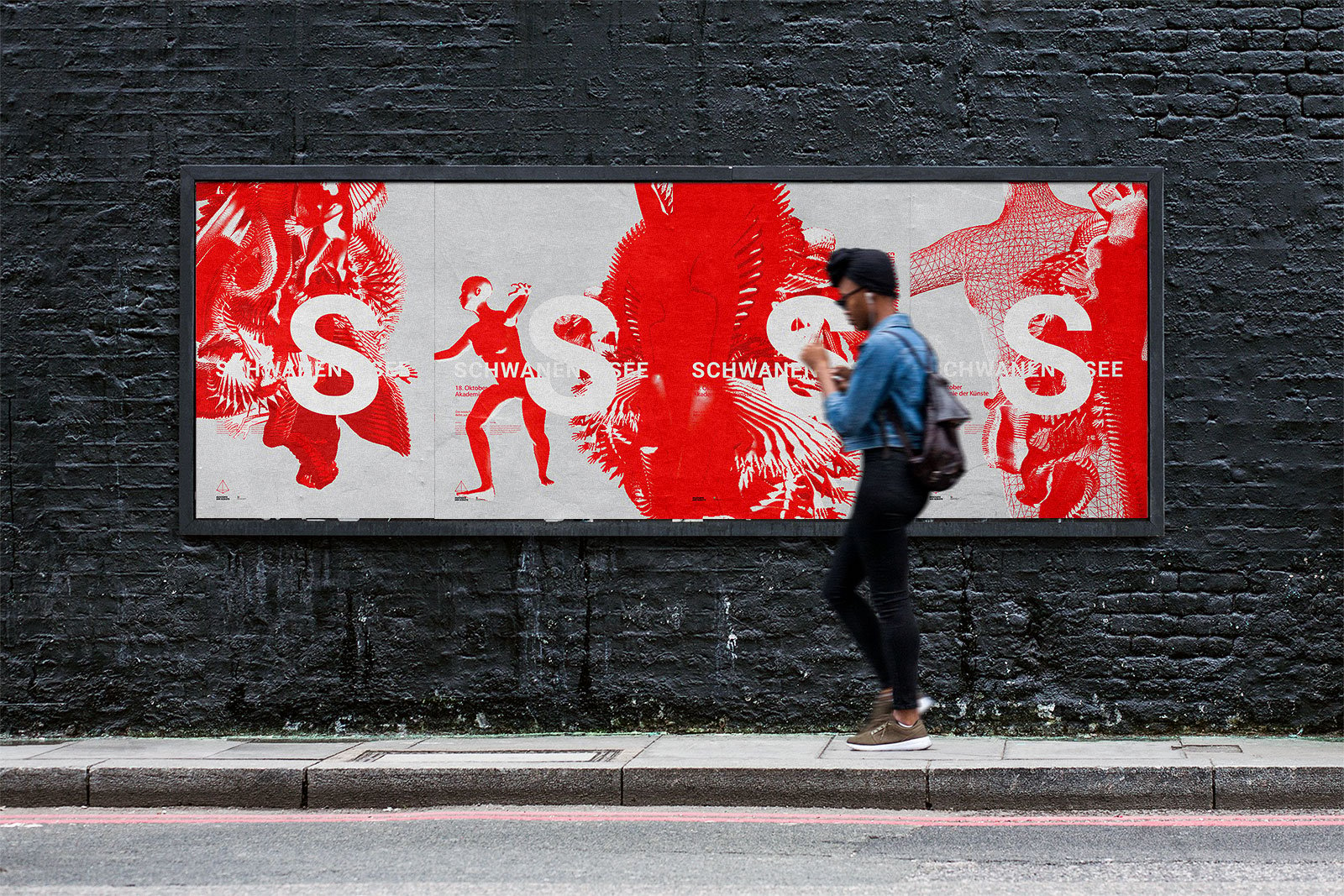
Claudia Illguth, Managing Director of Dragon Rouge Hamburg, met with Patrik Hübner – an expert in the field of Generative Design and Creative Coding – to discuss how his approach to creativity can be used for dynamic brand identity development and how it can shape the future of agency work.
What is Generative Design?
Generative Design represents an innovative frontier in the realm of design applications. It fuses elements of branding, experience design and storytelling with human interaction, artifical intelligence, data and programming. This unique blend equips us to create captivating brand narratives as well as entirely new visual design experiences.
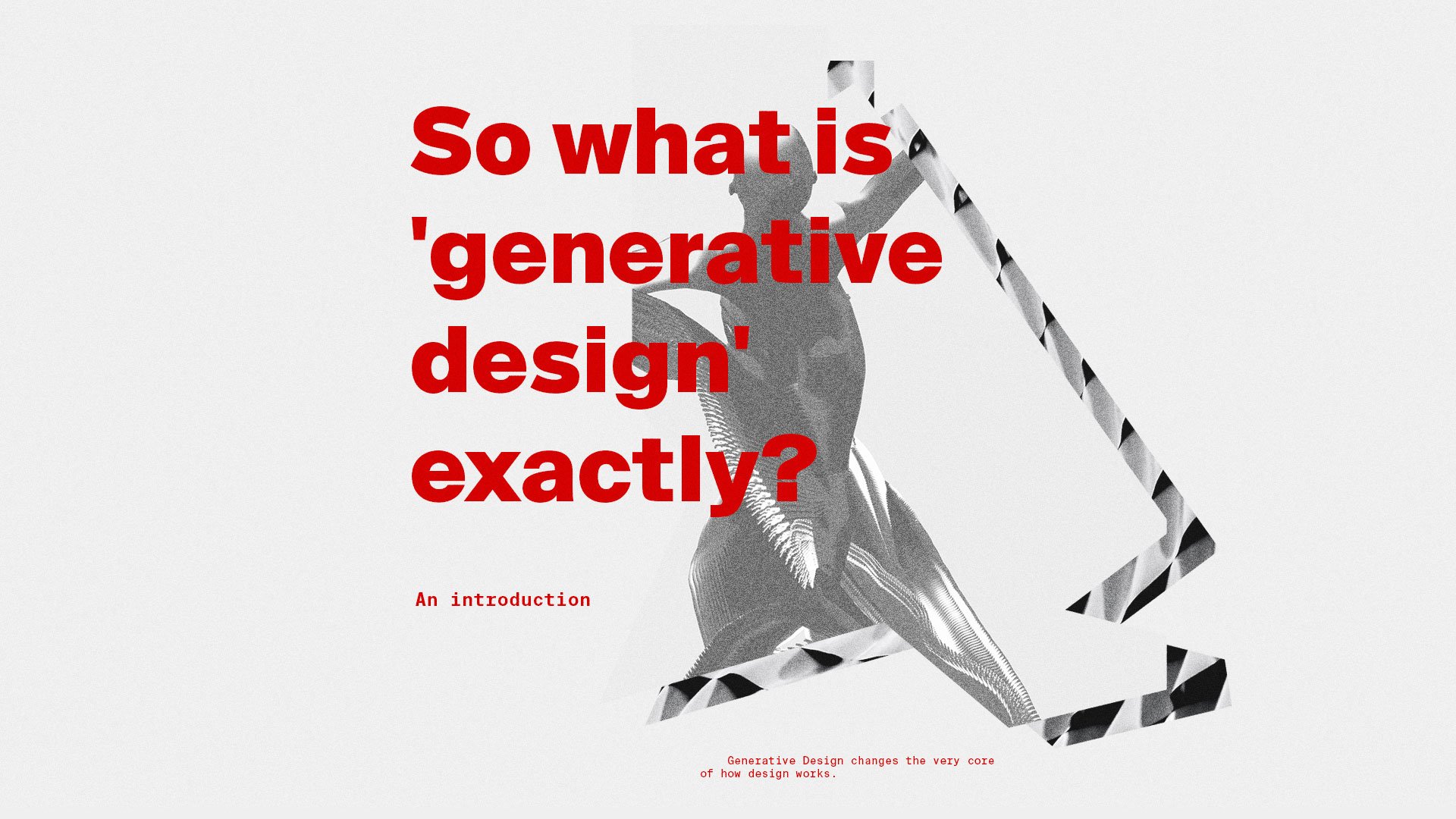
Why do you think it’s the future?
If you ask me about the potential of Generative Design and Creative Coding, I could talk about it all day. The approach has an immense capability to revolutionize the spheres of branding, communication, design, and user interaction.
Consider this: Generative Design reimagines the foundational principles of the design process. Instead of creating based on prior knowledge, you’re instructing the computer on your objectives. Using algorithms in a creative manner unlocks a plethora of options for your design brief, letting you select the most suitable one. Beyond that, these algorithms can be shared with clients, enabling them to engage in the creative journey. In this new paradigm, the designer’s function shifts to understanding systems, establishing guidelines, articulating objectives, and curating outcomes. This leads to a groundbreaking collaboration between human designers and computers.
Moreover, when it comes to generating assets, the approach paves the way for unprecedented leaps in efficiency and cost-effectiveness on a large scale. Algorithms enable the rapid production and scaling of creative models, making mass production, even in the hundreds of thousands, feasible and individualized, yet consistently on-brand.
What is your view and understanding on the connection of algorithms and emotions?
Independent of any technology or approach, design, at its very core, is always about people. All design has the potential to alter people’s perceptions and emotions in both tiny and big ways. Regardless of technology, the essence of design is fundamentally human-centric. All forms of design have the power to influence human feelings and perspectives in both subtle and significant ways.
In the context of Generative Design and Creative Coding, algorithms become the conduit that connects people with content in an entirely fresh manner. Whether the interaction occurs in a physical or digital setting, algorithms — essentially structured rules that produce outcomes based on inputs — aid people in forging new, hopefully enduring, relationships with content. Through innovative, playful, and interactive storytelling, people are more likely to establish an emotional link, which is the key to creating unforgettable experiences, especially in branding.
There is such a huge amount of potential to innovate and disrupt the fields of branding, communication, design and user engagement.
What does Generative Design bring to a brand?
Beyond the advantages we already dicussed, Generative Design brings a plethora of additional benefits to a brand. At its core, it utilizes data and systems as a pivotal element that informs nearly every aspect of the design. This prompts us to delve deep into understanding the very DNA of a brand or company: what are its essence, its associated data, and the data it produces?
One of the transformative aspects of employing Generative Design in applied design is the newfound accessibility to a wealth of data. Users’ interactions with our design reveal crucial insights into their preferences and needs, paving the way for improved products and a more engaging brand identity.
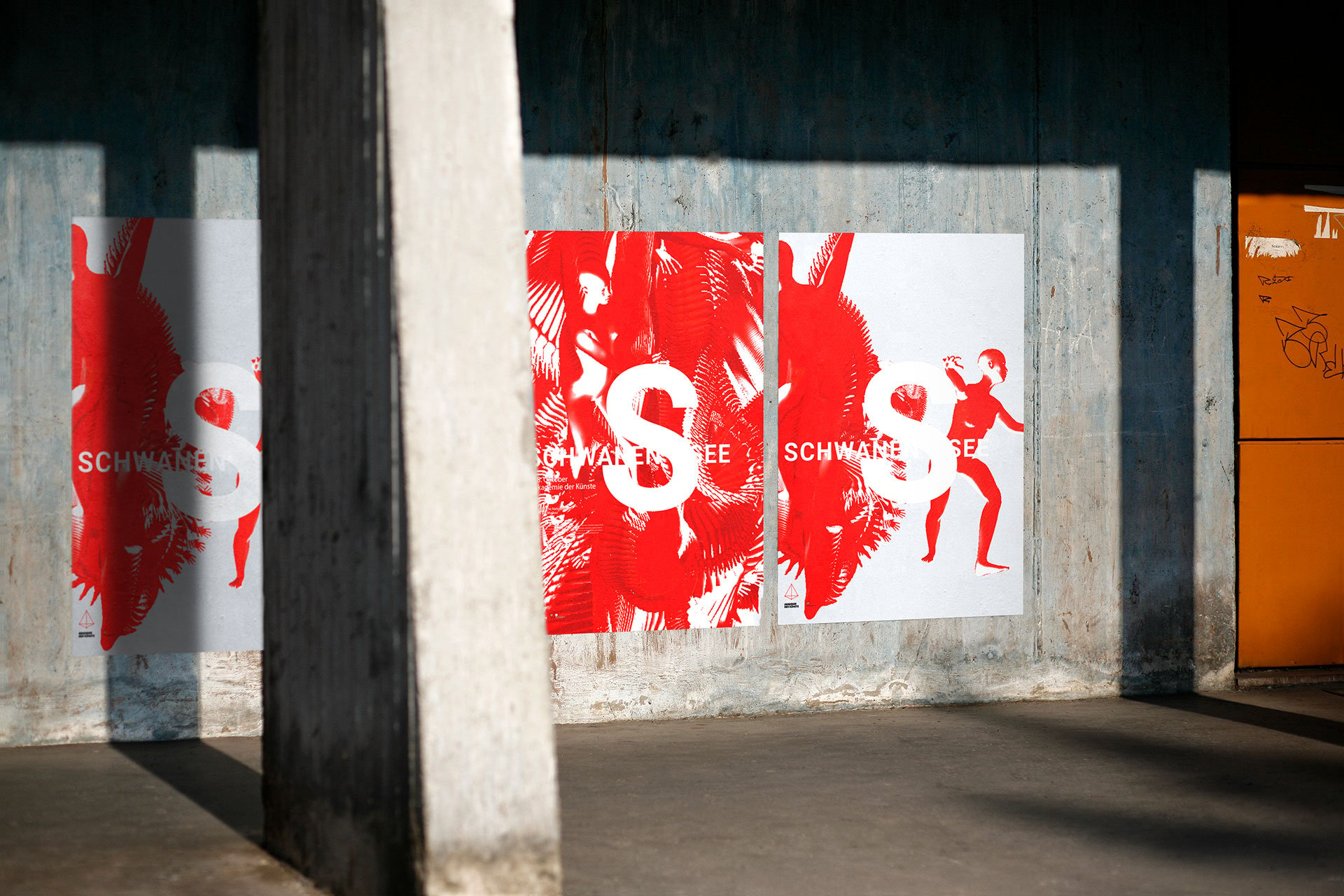
What kind of applications do you see for Generative Design?
The possibilities are virtually endless. To illustrate, let me share two projects that utilize generative elements:
Schwanensee is an evolving visual identity system driven by motion-capture data, blending algorithmic visuals with the unique expression of human dancers. Designed as a liberating tool for small theaters and cultural institutions, it allows for a myriad of design variations with minimal financial and expertise requirements. What captivates me most is that the system uses actual dance recordings, encapsulating the true essence of Schwanensee visually. Of course, the system is also adaptable to other dance compositions.
Wiki-Footwear is an exploratory venture into highly personalized, data-driven product creation. Users can input any keyword, generating an array of 3D sneaker designs instantaneously. Integrating data and images from Wikipedia with generative algorithms, users can view, rotate, and fine-tune their dream sneaker design. Additional features include dynamically generated promotional material, and a social sharing option for enthusiasts to showcase their designs.



